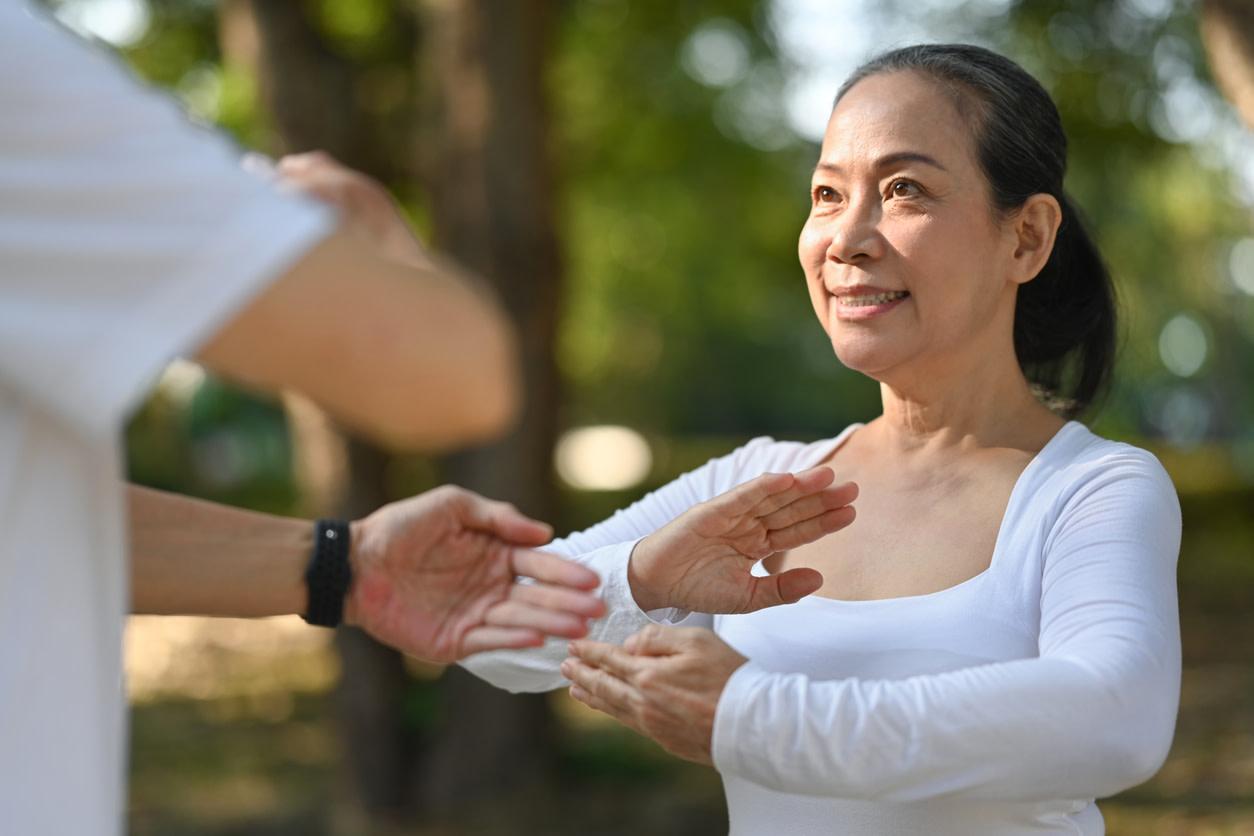Tai Chi Benefits: Why It Helps Improve Your Health
Discover the health benefits of tai chi and why physical therapists recommend it to improve pain and well-being.
$0 costo para usted
Fecha de Publicación: Oct 14, 2024
El índice
Introduction to Tai Chi
¿Quieres atención de expertos? Consulta si estás cubierto por nuestro programa gratuito →Warm-Up Exercises Before Doing Tai Chi
¿Quieres atención de expertos? Consulta si estás cubierto por nuestro programa gratuito →- Body Weight Shifting
- Wall Angels
- Standing Rotation
- Mini Side Lunge
- Mini Squats
